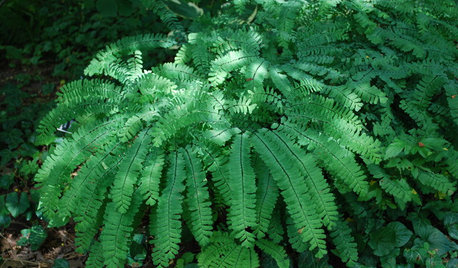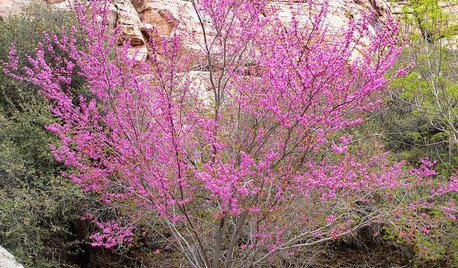planning fruit garden zone 7 northern VA
lyvia
13 years ago
Featured Answer
Sort by:Oldest
Comments (22)
trianglejohn
13 years agoScott F Smith
13 years agoRelated Professionals
Birmingham Landscape Architects & Landscape Designers · Norton Shores Landscape Architects & Landscape Designers · Owings Mills Landscape Architects & Landscape Designers · Wilmington Landscape Contractors · Broomfield Landscape Contractors · Camp Verde Landscape Contractors · Fort Payne Landscape Contractors · Gallatin Landscape Contractors · Homewood Landscape Contractors · McLean Landscape Contractors · Mission Viejo Landscape Contractors · Norwalk Landscape Contractors · Woodburn Landscape Contractors · Lauderdale Lakes Landscape Contractors · Northlake Landscape Contractorsfabaceae_native
13 years agodjofnelson
13 years agolyvia
13 years agoScott F Smith
13 years agoplanatus
13 years agoScott F Smith
13 years agolyvia
13 years agoScott F Smith
13 years agoalan haigh
13 years agoScott F Smith
13 years agoalan haigh
13 years agoScott F Smith
13 years agoScott F Smith
13 years agolyvia
13 years agoScott F Smith
13 years agolyvia
13 years agoScott F Smith
13 years agohoseman
13 years agodjofnelson
13 years ago
Related Stories

GARDENING GUIDESGreat Design Plant: Grow Blueberries for Their Fruit and More
Eastern gardeners should consider growing blueberry plants for their delicious fruits, bee-friendly spring blooms and brilliant fall foliage
Full Story
FALL GARDENING5 Fall Fruits You Can Grow in Containers
Brighten your porch or patio with a potted pomegranate, kumquat, blueberry bush or another great fall fruit
Full Story
GARDENING GUIDESGreat Design Plant: Northern Maidenhair Fern Softens Shade Gardens
Stir up some romance in dark corners with the billowy fronds of native Adiantum pedatum
Full Story
FARM YOUR YARDIf You Have Room for Only One Fruit Tree ...
Juice up a small garden with one of these easier-care or worth-the-effort fruit trees for a mild climate
Full Story
GARDENING GUIDES10 Top Native Plants for Northern California Gardens
Enjoy a fuss-free, water-wise garden by growing plants naturally in tune with the climate and wildlife of Northern California
Full Story
GARDENING GUIDESBackyard Birds: Northern Cardinals in the Snow, and Other Red Birds
Brilliant crimson feathers make these friends stand out in a crowd
Full Story
ORGANIZING7-Day Plan: Get a Spotless, Beautifully Organized Kitchen
Our weeklong plan will help you get your kitchen spick-and-span from top to bottom
Full Story
GARDENING GUIDESWhat Are Your Spring Gardening Plans?
Tearing out the lawn? Planting edibles? Starting from scratch? Tell us what you plan to change in your garden this year
Full Story
EDIBLE GARDENSSummer Crop: How to Grow Blueberries
Plant blueberries in spring or fall for garden beauty through three seasons — and a sweet superfood in summer
Full Story
FALL GARDENING7 Reasons Not to Clean Up Your Fall Garden
Before you pluck and rake, consider wildlife, the health of your plants and your own right to relax
Full StoryMore Discussions






alan haigh